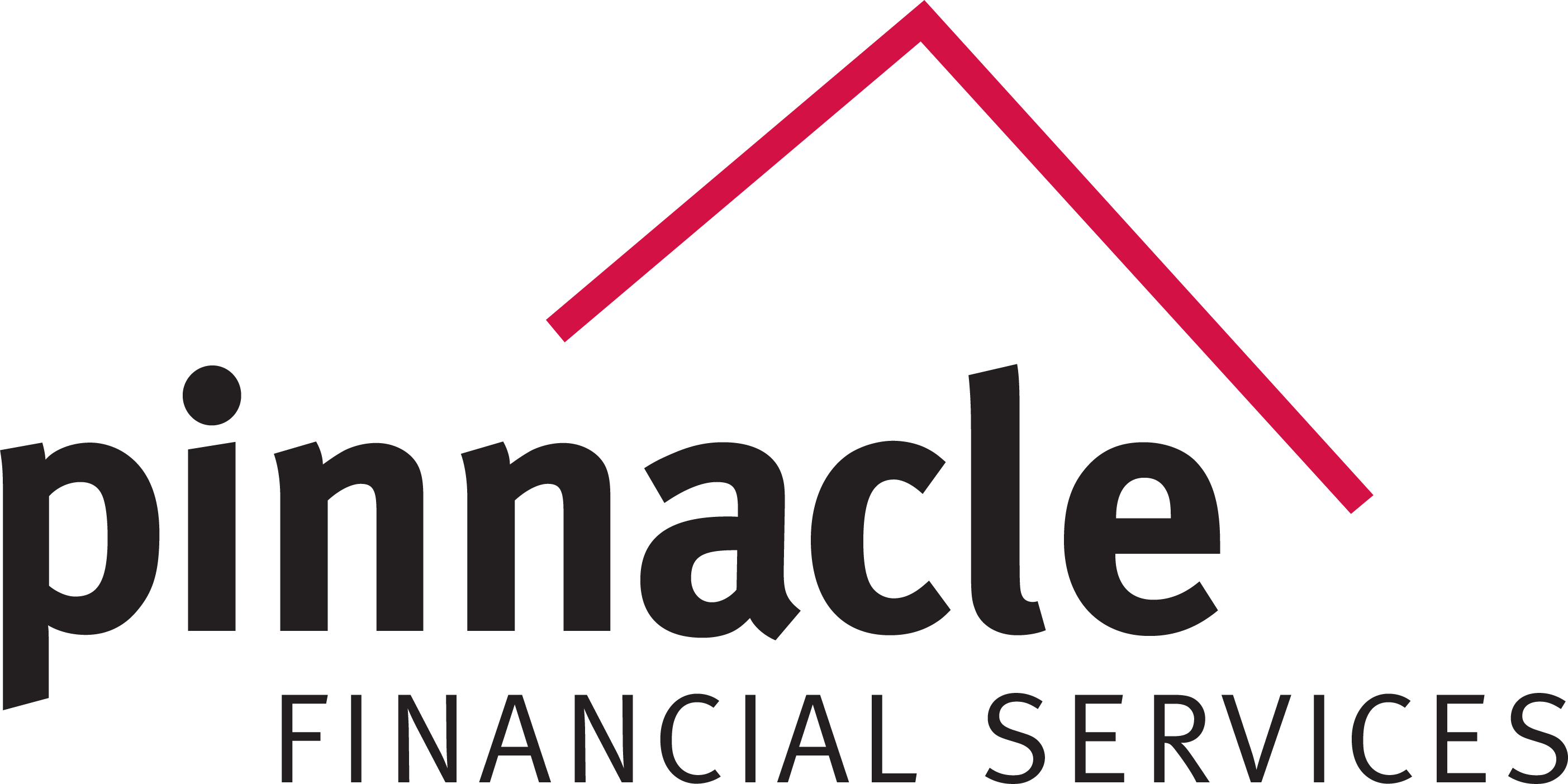You have spent a lifetime planning for your retirement goals, perhaps you have contributed to a 401(k), possibly contributing assets to an IRA, and other investments. Now you are on the verge of retirement. However, the planning does not stop just because you have retired.
Here are 5 steps to avoid making mistakes that you have so diligently planned for during your working years.

1. You apply for Social Security Benefits too Early
You can apply for benefits at age 62, but the benefit you will receive could be as much as 25% less than if you wait until what the Social Security Administration considers “Full retirement age.”(FRA)
Electing to receive benefits before your FRA can reduce your benefits if you decide to keep working. For every $2 you earn above a certain threshold, which is $18,240 in 2020, you lose $1 in benefits. Unless you really need the money, consider waiting to apply. If you can afford it consider waiting until age 70 when your benefit will be around 32% higher than that at FRA.
2. You fail to take a more conservative investment approach.
When you were younger you could afford to invest more aggressively because you had time to recoup any losses that occurred in your investments. As you approach retirement though, the game changes. You are going to need the assets you have accumulated for day-to-day expenses and no longer have the luxury of time that you had previously.
Especially during the early years of retirement, when your beginning to withdraw assets from your retirement nest egg it is important to employ a strategy that considers capital preservation. An annuity with an income benefit could be a perfect fit. Without this consideration, the combination of spending and volatile market conditions might deal your portfolio a hit to which it cannot recover.
3. You spend the way you used to spend
Hand in hand with a more conservative investment approach is a more conservative budget. You do not necessarily have to compromise the retirement lifestyle you envisioned for yourself, but you do have to maintain a realistic approach to your finances.
Since you are no longer earning a steady income-or working less-your income might not be as high as it once was. A lifetime’s worth of retirement savings can look like an enormous source of assets that you can tap into whenever you want, but your retirement might last as long as 30 years or more. It is important to take inventory of your expenses, identify all sources of income, and develop a strategy to maintain your retirement lifestyle for as long as you live.
4. You Miscalculate your Required Minimum Distributions (RMD’s)
Generally, once you reach age 72, you must take annual distributions from your 401(k)’s, Traditional IRA, Simplified Employee Pension (SEP), and Simple IRA, or other qualified retirement plans, whether you need them or not. (Roth IRA’s are exempt from this provision.) However, they have some flexibility as to when they must take this first-year distribution. The account holder can take it during the year that they turn 72 or can delay it until April 1 of the following year, known as the required beginning date. This means that if you opt to delay your first distribution until April 1 of the following year, you will be required to take two distributions during that year; the first year’s and second year’s required minimum distribution.
These so-called Required Minimum distributions (RMD’s) are generally taxable at your individual tax rate and, if you fail to take them, you are subject to a substantial penalty-an excise tax of 50% of the RMD or whatever portion of the RMD that you fail to take. RMD’s are based on IRS life expectancy tables; while you can access these tables online and do the math on your own, we suggest consulting a CPA, or tax advisor.
On a side note, if you participate in an employer-sponsored qualified retirement plan(other than an IRA-based plan) and are still working for the plan sponsor, you don’t have to start taking RMD’s at age 72 unless you own more than 5% of the plan sponsor, or the terms of the plan require all employees to start RMD’s at age 72.
5. Not taking health care expenses into account
More than 56% or more are somewhat or very concerned about not having enough money to pay for unplanned medical expenses in retirement, 6 in 10 have done something to avoid or minimize health care costs, and 40% are only somewhat, or not at all confident in their plan to pay for health care costs beyond what Medicare covers. This according to a Nationwide study.
These results are not unexpected given health care cost trends. The average couple will need $285,000 in today’s dollars to pay for future health care needs in retirement, excluding Long-Term Care.
What is more, it is estimated that 70% of people over 65 will require extended care at some point in their lives? Approximately 1 in 7 people over 65 will require Long-Term Care for more than 5 years. Because of statistics like these, recognizing the need for Long-Term Care is another important issue to consider in terms of asset erosion.
One option is a Long-Term Care insurance policy to protect the assets you have accumulated and allow you to provide a meaningful legacy to your loved ones. It may also provide more options for your care and relieve your loved ones from becoming a full-time caregiver.
For all the resources that you need to educate, inform, and plan for your client’s retirement needs, rely on Pinnacle Financial Services to provide all of the meaningful, and necessary solutions. Assist your clients in living the retirement that they have planned and not one that is forced upon them.
1 (800) 772-6881 x7731 | sales@pfsinsurance.com
Will Torrance
Senior Sales Director - Life, Annuity, & LTC
Contact a Pinnacle Representative if you have any questions.
1 (800) 772-6881
support@pfsinsurance.com

0 Comments